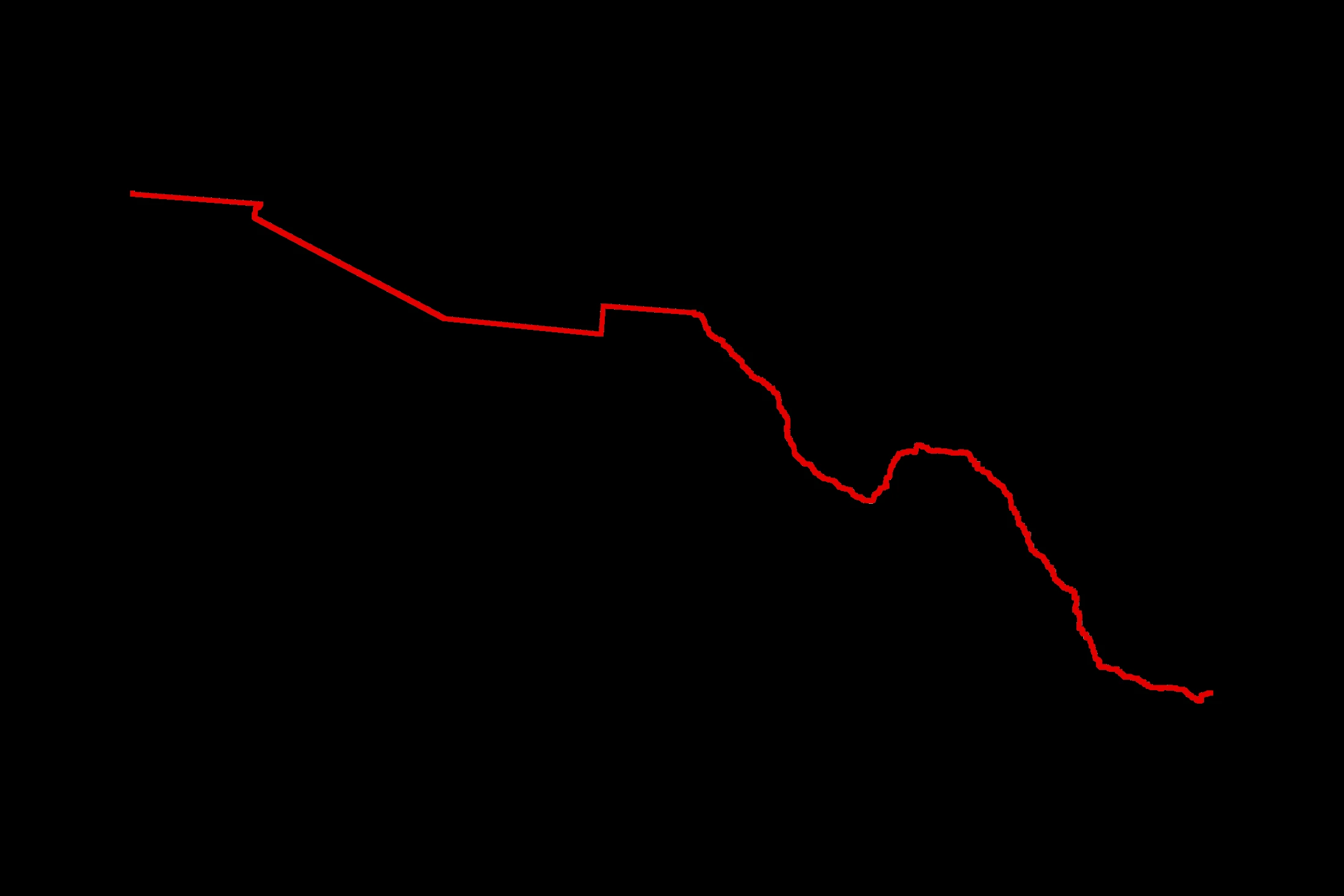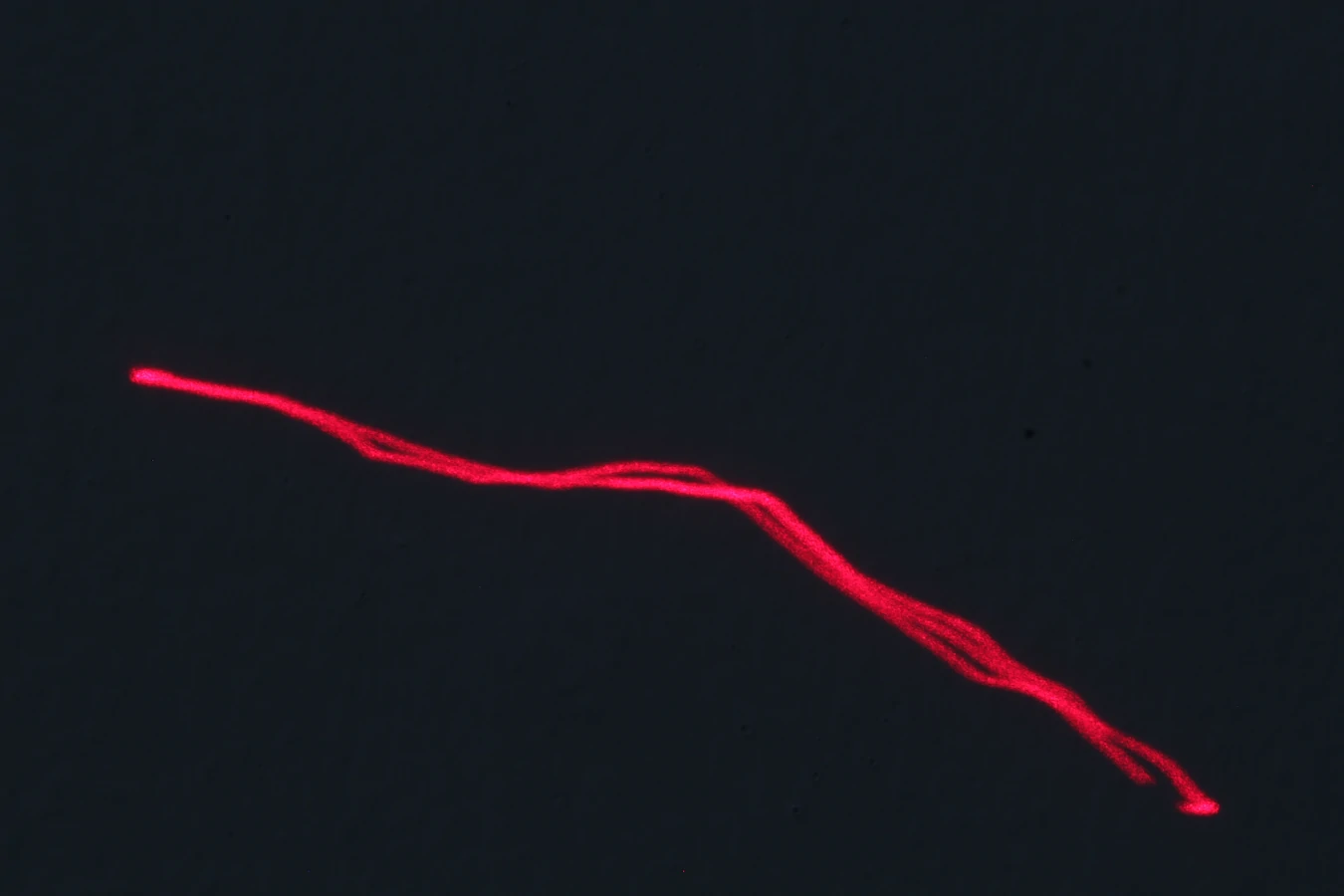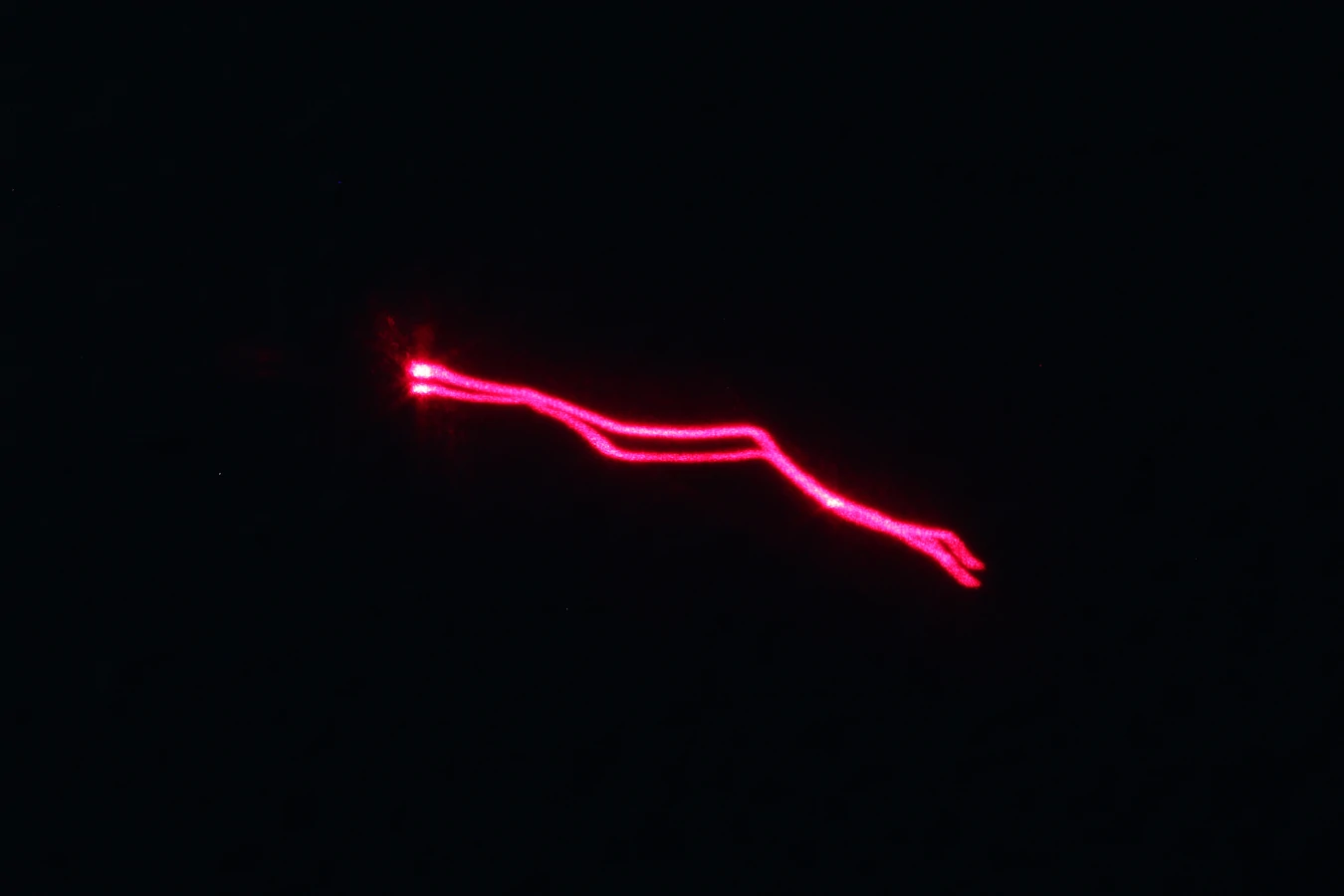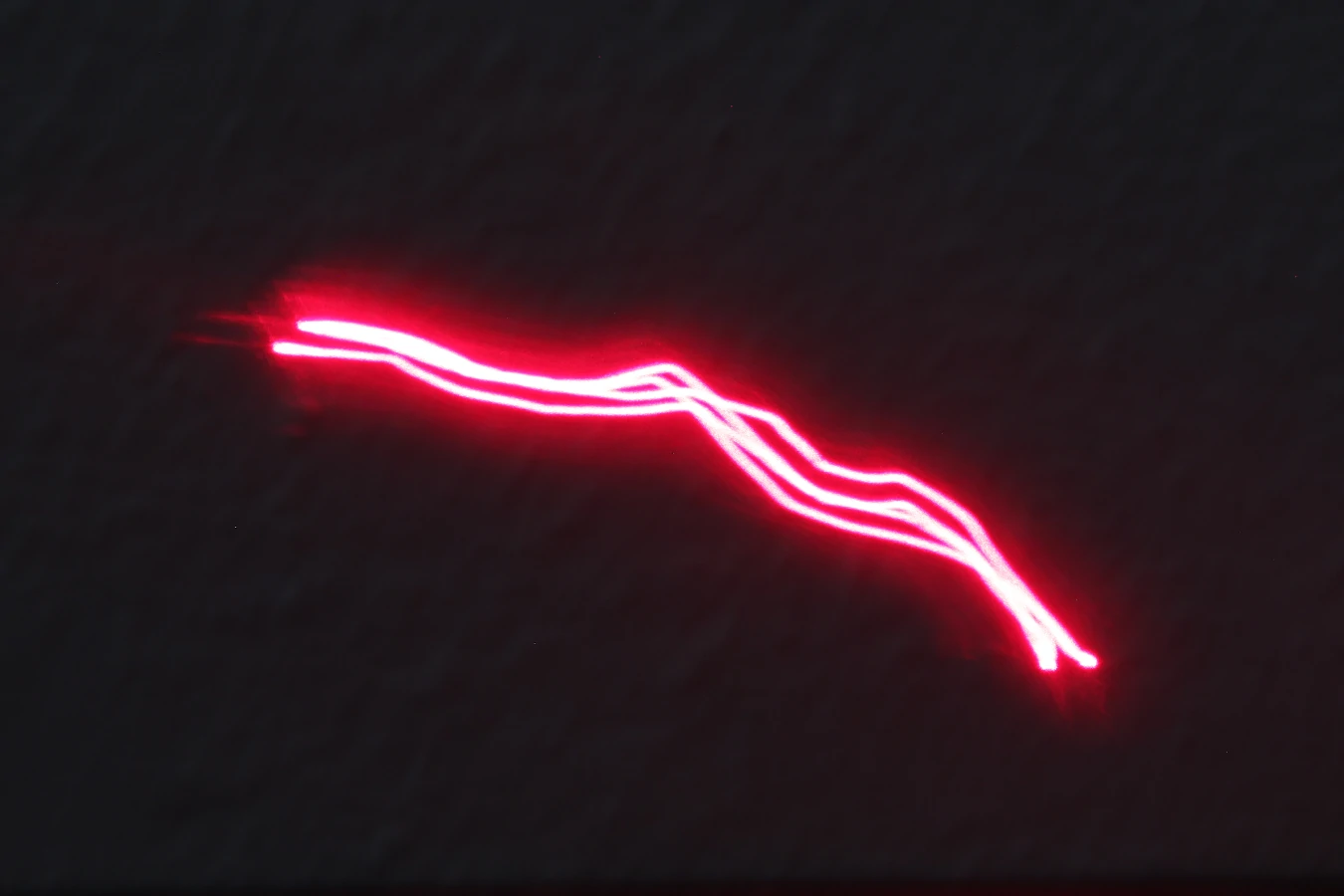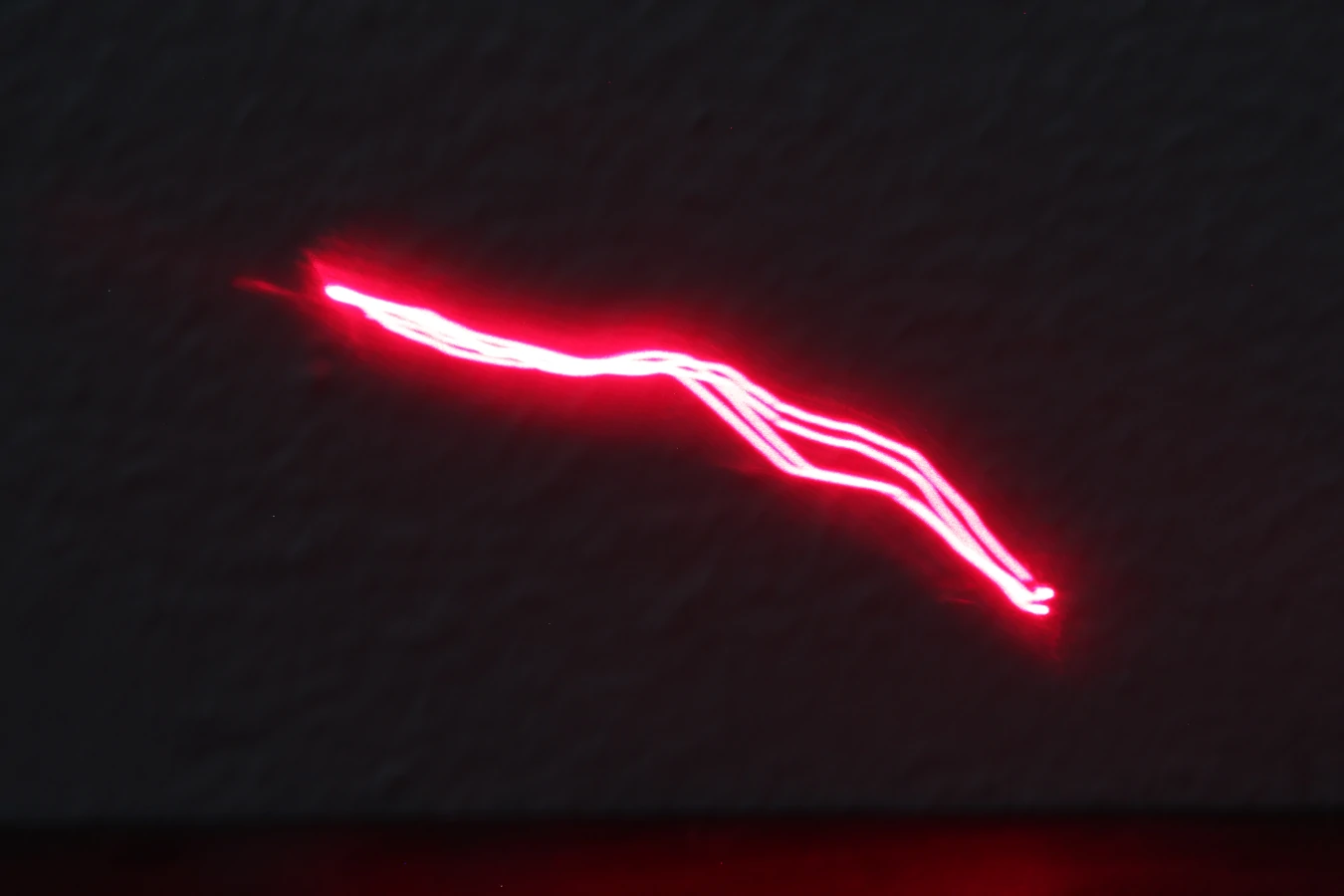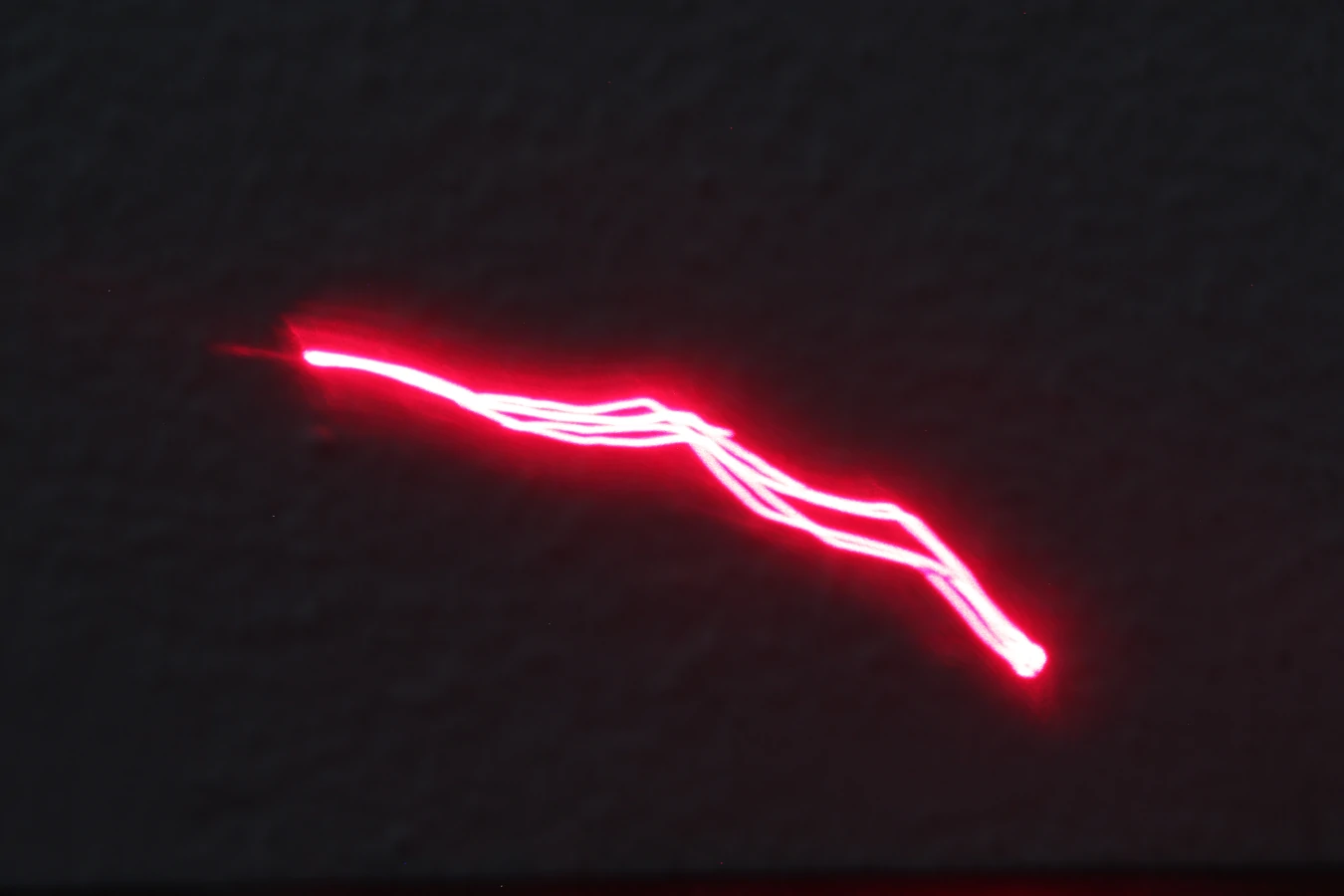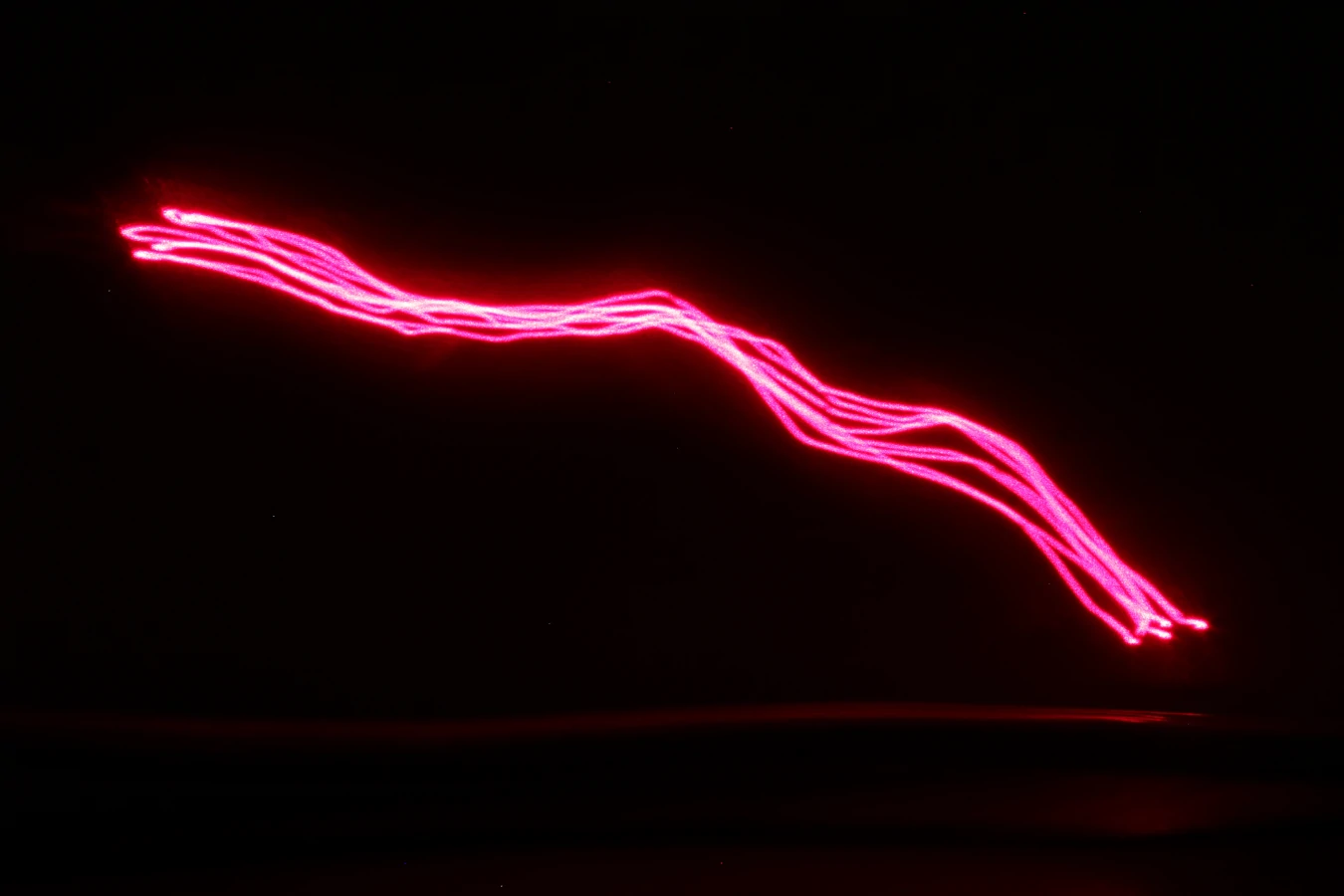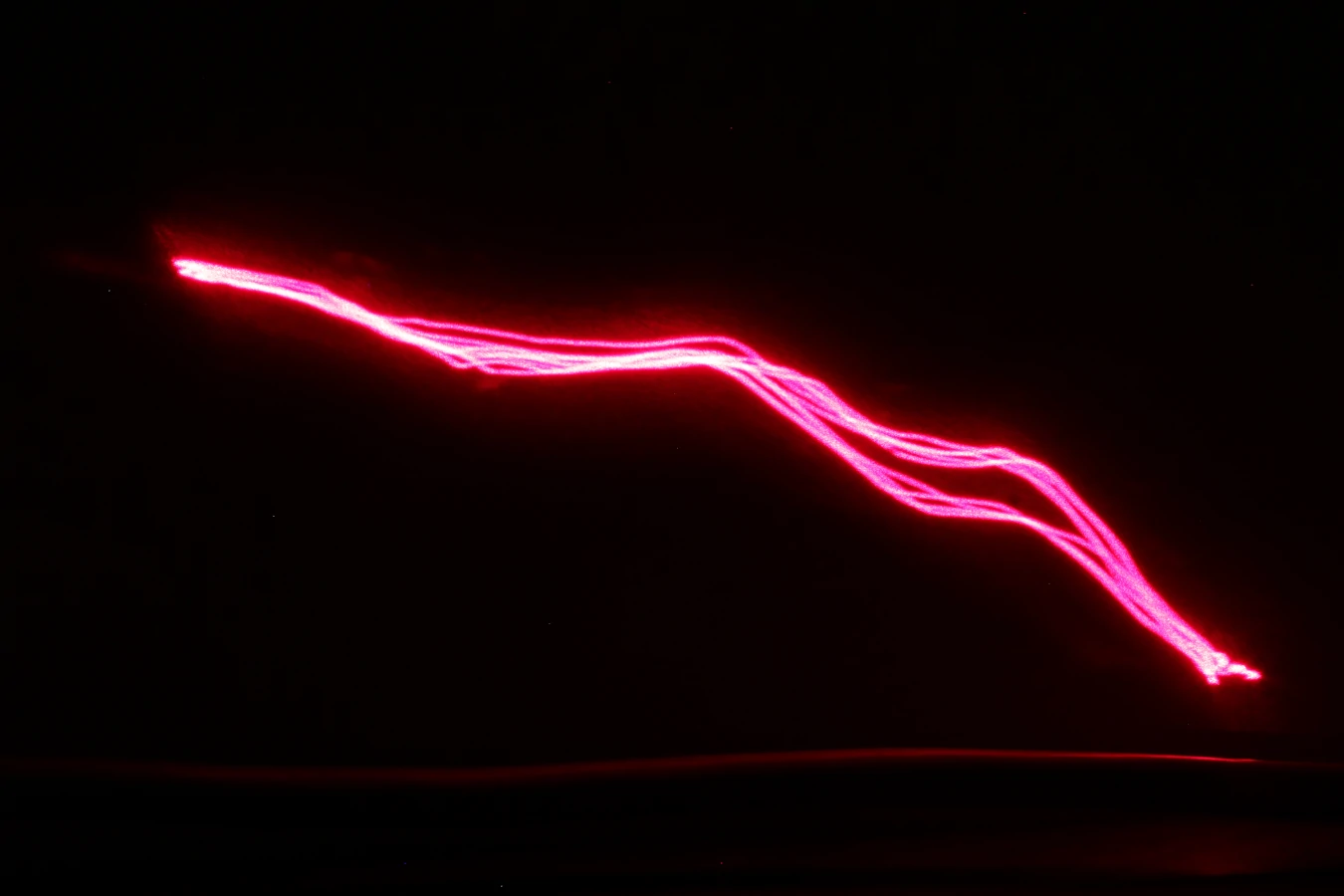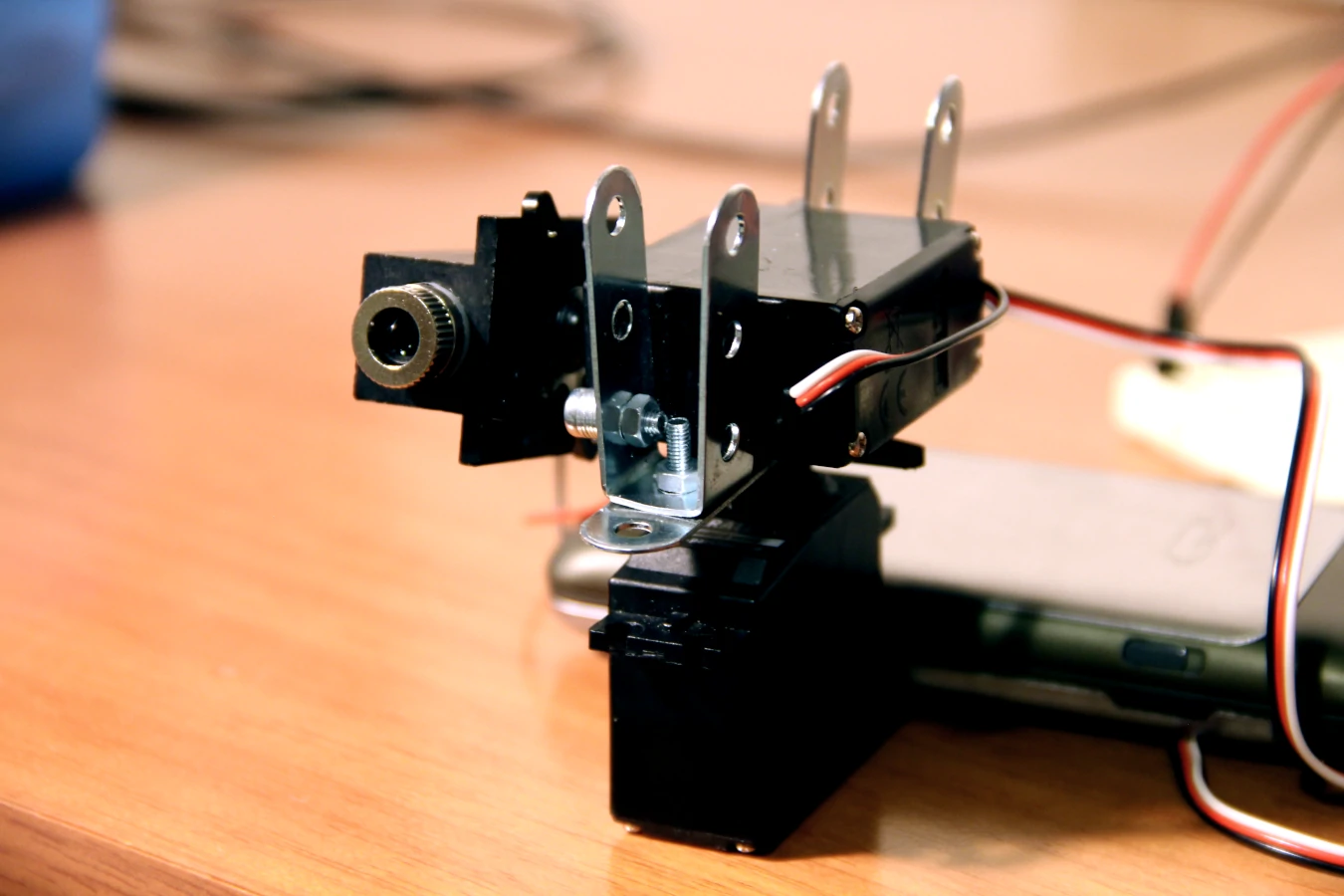Imaginario Inverso is a project that began during a residency in the border region between the states of Chihuahua in Mexico, and Texas and New Mexico in the United States. In this region, the city of Juárez/El Paso marks where the border between the two countries is no longer defined by the Rio Bravo and instead is formed by straight lines running to the Pacific Ocean.
Less than an hour north of Juárez/El Paso is the White Sands Desert, where in 1945 the first nuclear bombs were tested. Then, during the space race of the 1960s, in the same desert, NASA built a spaceport and test center for rocket engines, where even today it maintains at least two emergency landing strips for its space shuttles.
The desert region also houses the United States Air Force, the Karl G. Jansky Very Large Array, which is a radio astronomy observatory with 27 antennas measuring 25 meters in diameter each, and Spaceport America, the first commercial spaceport in the United States where Google is conducting experiments with drones and 5G data transmission technologies.
Of course, before all of this, well before, the region was already inhabited by indigenous peoples, such as the Suma, Rarámuri, Jumano and Tarahumara, and their technologies.
Fronteras is a sculpture that contextualizes and questions our use of technology to demarcate territory, whether on the ground or outer space. It uses a laser and servo motors to draw the US/Mexico border on a wall.
2017: Periscópio, EAC - Montevideo, UY
2016: Periscópio, Galeria Zipper - São Paulo, BR
